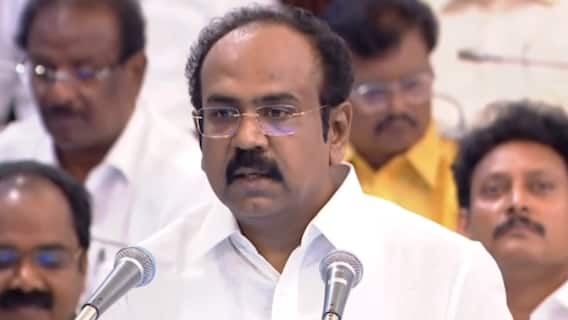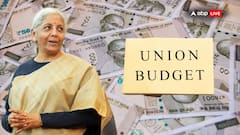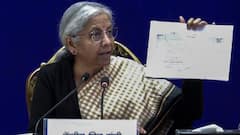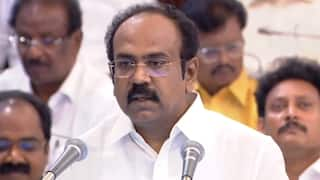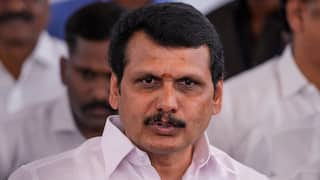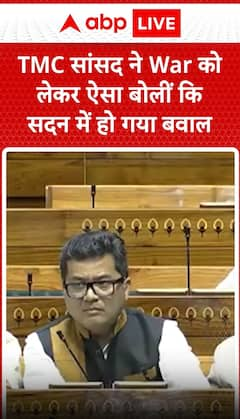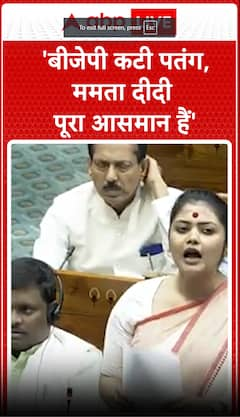Union Budget 2024: What To Watch Out For In Interim Budget Ahead Of Lok Sabha Elections? Check Here
Interim Budget 2024: This is the last Budget of the Modi government before the upcoming general elections scheduled for April-May

Finance Minister Nirmala Sitharaman is all set to present the Interim Budget for the upcoming fiscal on February 1, 2024. This is the last Budget of the Modi government before the upcoming general elections scheduled for April-May.
Sitharaman, who will deliver her sixth Budget speech on February 1, has scope to keep infrastructure spending going and take targeted steps to support Modi’s priority sectors for the elections: farmers, women, the poor, and young people, according to a report by Bloomberg. As per the news agency, the rapid expansion of the economy has led to a tax windfall for the government, helping it meet its goals of curbing the deficit. That means Sitharaman has scope to keep infrastructure spending going and take targeted steps to support Centre’s priority sectors for the elections: farmers, women, the poor, and young people.
However, economists told Bloomberg that they don’t expect a spending spree either. This Budget is an interim one until a new administration takes office, and the finance minister has already hinted there won’t be any major announcements. "It's likely to be watched for the pace of fiscal consolidation and policy priorities ahead,” said Madhavi Arora, an economist with Emkay Global Financial Services Ltd.
Bloomberg Economics’s Abhishek Gupta in a report mentioned that Modi is in a strong position to extend his decade in power in upcoming elections, so there’s less pressure to take populist steps. The fiscal plan is expected to signal policy continuity, he said. Sitharaman will deliver her speech at 11 am in Parliament on February 1. Here’s what to what for in her Budget.
Deficit and Borrowing
After surging to 9.2 per cent of gross domestic product (GDP) during the pandemic, the government has been steadily bringing down the fiscal deficit to keep debt under control. The 5.9 per cent deficit target for the current fiscal year ending in March will likely be met, and lowered further to 5.3 per cent in the next financial year, as per economists surveyed by Bloomberg.
A large part of the improvement in the Budget deficit this year has come from rising tax receipts. Income tax is almost 30 per cent higher than collected in the last fiscal year, corporate tax is up 20 per cent, while GST is 10 per cent higher, according to HSBC Holdings Plc. The government has pledged to bring the Budget deficit down to 4.5 per cent over time, but it’s also funnelling more of its spending to items such as infrastructure and curbing subsidies, which bodes well for the economy’s growth outlook, HSBC’s economists wrote in a note. India’s borrowing will likely remain near a record of around Rs 15 lakh crore ($180.5 billion) in the coming fiscal year, according to the Bloomberg.
Infrastructure Spending
The government ramped up capital expenditure by almost a third annually in the past three years, prioritising spending on roads, ports, and power plants. That’s helped to underpin economic growth of more than 7 per cent, according to official forecasts, making India the fastest-growing major economy.
Radhika Rao, an economist at DBS Group Holdings Ltd., expects the pace of infrastructure spending to ease, though still remain fairly elevated at 9-10 per cent.
Rural Welfare
According to economists, the government to give farmers more financial support after a number of aggressive steps it took last year to curb rising food prices — like banning exports of rice, wheat, and sugar — reduced farmers’ incomes. Poor rainfall also affected crops, hurting prospects in rural areas. The government has already increased subsidies on cooking gas and fertilizers, and extended a free food programme for 80 crore people for five years, at a cost of $142 billion.
Analysts from Jefferies India pointed out welfare spending to pick up, with some popular programmes such as the farmer income transfer, housing for all, and health insurance being expanded. Social spending excluding subsidies may increase by as much as 8 per cent in the coming fiscal year, compared with a 4 per cent increase this year. According to some news reports, the government may create a social security fund for workers in the informal sector, including gig jobs.
Women Voters
Modi’s government has also boosted cooking gas subsidies and provided cheaper loans to them. The Budget will outline more support measures targeted toward women, given the prominent role they will play in the upcoming elections, economists noted.
The plan to give free gas cylinders to women “could see a higher outlay amid the government’s vision to extend the program to 75 lakh new beneficiaries over the next three years,” QuantEco Research economists led by Shubhada Rao said. The finance minister may also look to double the annual payout to female farmers who own land to Rs 12,000.
Trending News
Top Headlines











